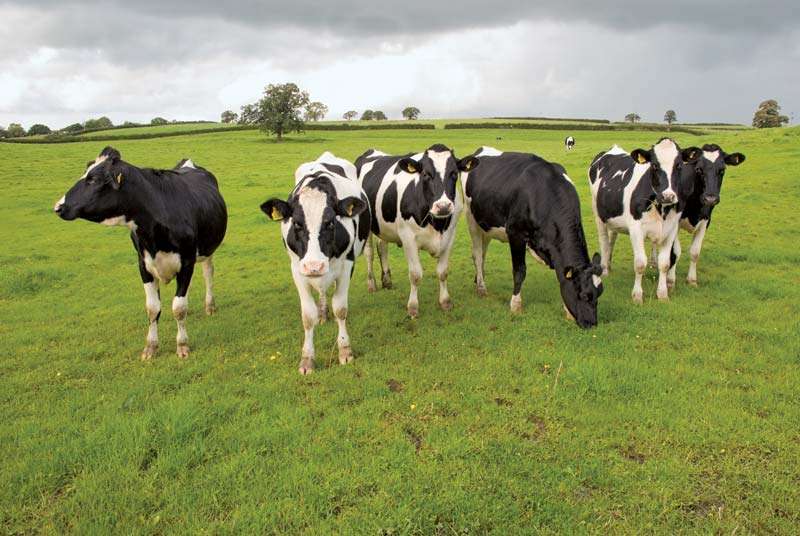



Article by: Hari Yellina
The precision livestock management research team at CQUniversity is one step closer to employing global navigation satellite systems to forecast and detect calving occurrences in large grazing herds. The discovery could give beef producers in northern Australia a means to remotely monitor their cattle and increase calf survival rates, which is one of the industry’s biggest problems. “This is the biggest risk phase for calf survival,” said senior researcher Dr. Thomas Williams. “Being able to foresee and detect these events gives graziers the opportunity to decrease losses through timely intervention.”
Over an eight-week period, 30 cows in a 28-hectare field at Belmont Research Station, north of Rockhampton, were fitted with GNSS collars, which have both GPS and motion-detecting accelerometer sensors. Every ten minutes, the collars recorded the animals’ whereabouts. The data was used to construct predicted features during and around calving occurrences, which the study team saw corroborated. The number of other animals within a 20-meter radius of a pregnant cow fell dramatically in the lead-up to a birth, indicating a recognised isolation behaviour, according to the location data. “Previous research has demonstrated that during calving, cattle segregate themselves, choosing a location away from the herd to give birth,” Dr Williams added. “In this investigation, the distance between the two groups was measured.
The findings, which were published recently in the international journal Animal Production Science, will allow producers in northern Australia to monitor their animals in a way that overcomes many of the obstacles that come with large-scale grazing operations, such as distance and terrain. The findings, according to Dr. Williams, show that on-animal sensors could be a feasible method for monitoring and reacting to calving occurrences in a commercial context. “With more predictive algorithms developed, GNSS technology might be utilised to detect births within a 24-hour window in the future,” he said. The research, which used commercially available GNSS collars, is part of CQUniversity’s ‘Calf 48 Hour’ project, which is being directed in collaboration with the Northern Territory Department of Industry, Tourism, and Agriculture.
It aims to better understand why and how calves are being lost in the first two days of life and develop sensor systems that will one day be used by producers to monitor their own cattle and determine the causes of losses in their specific conditions.